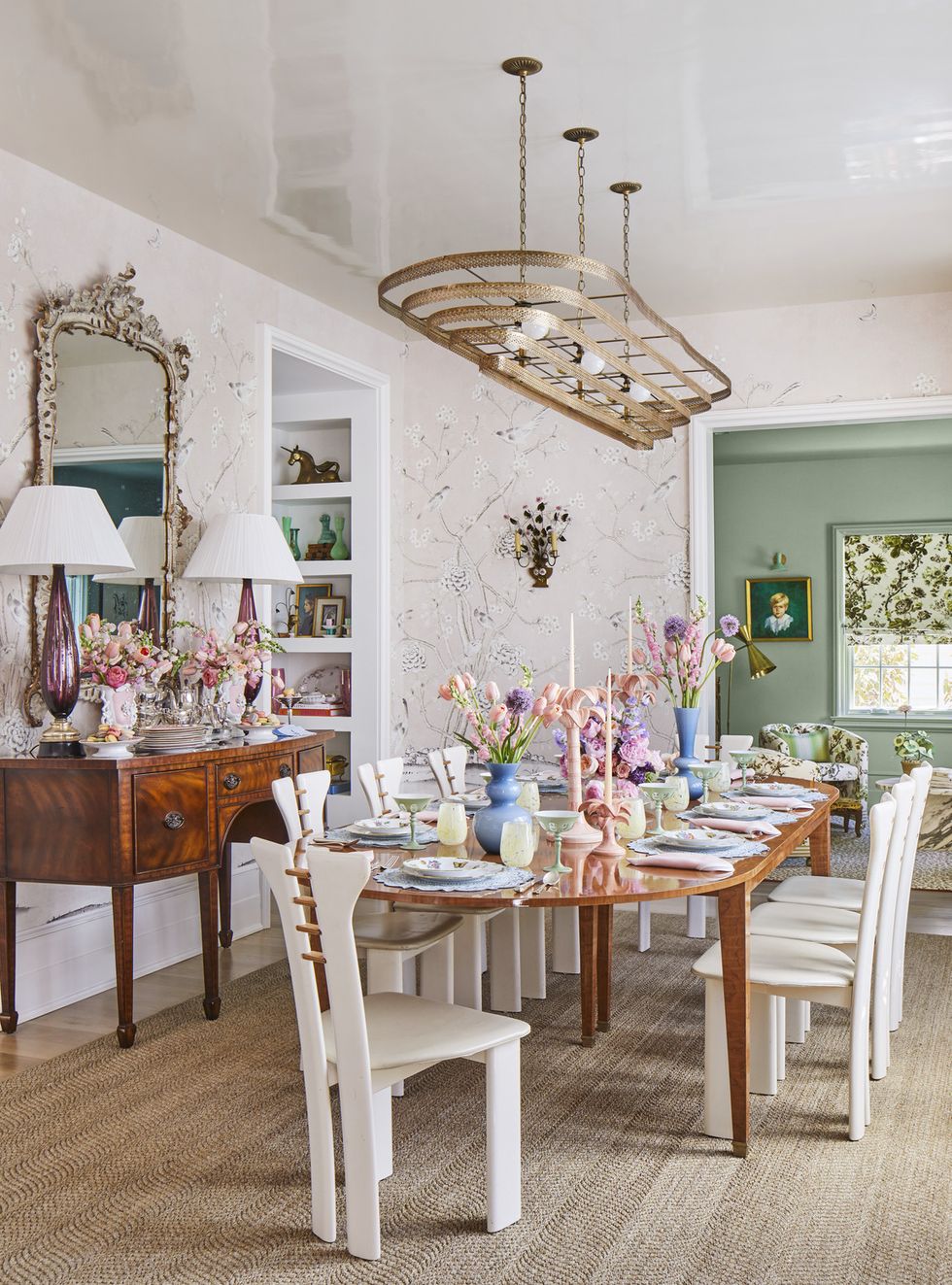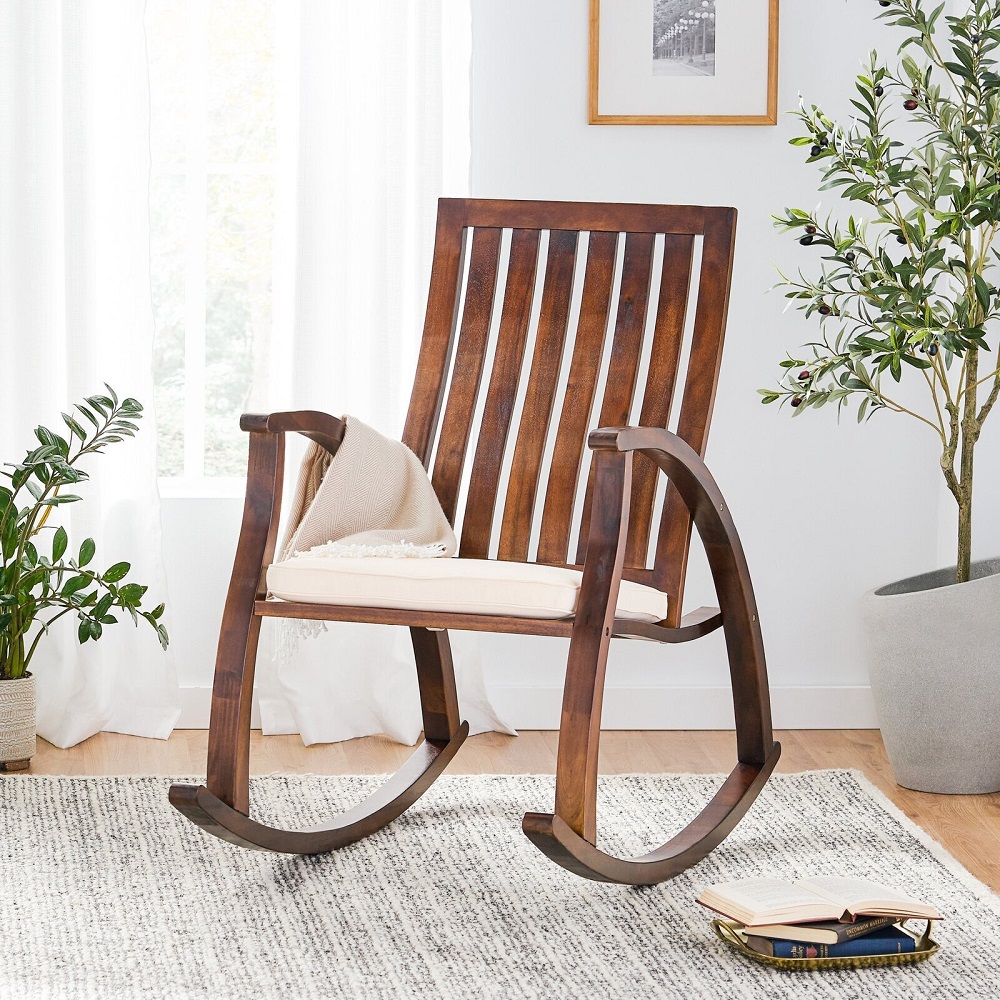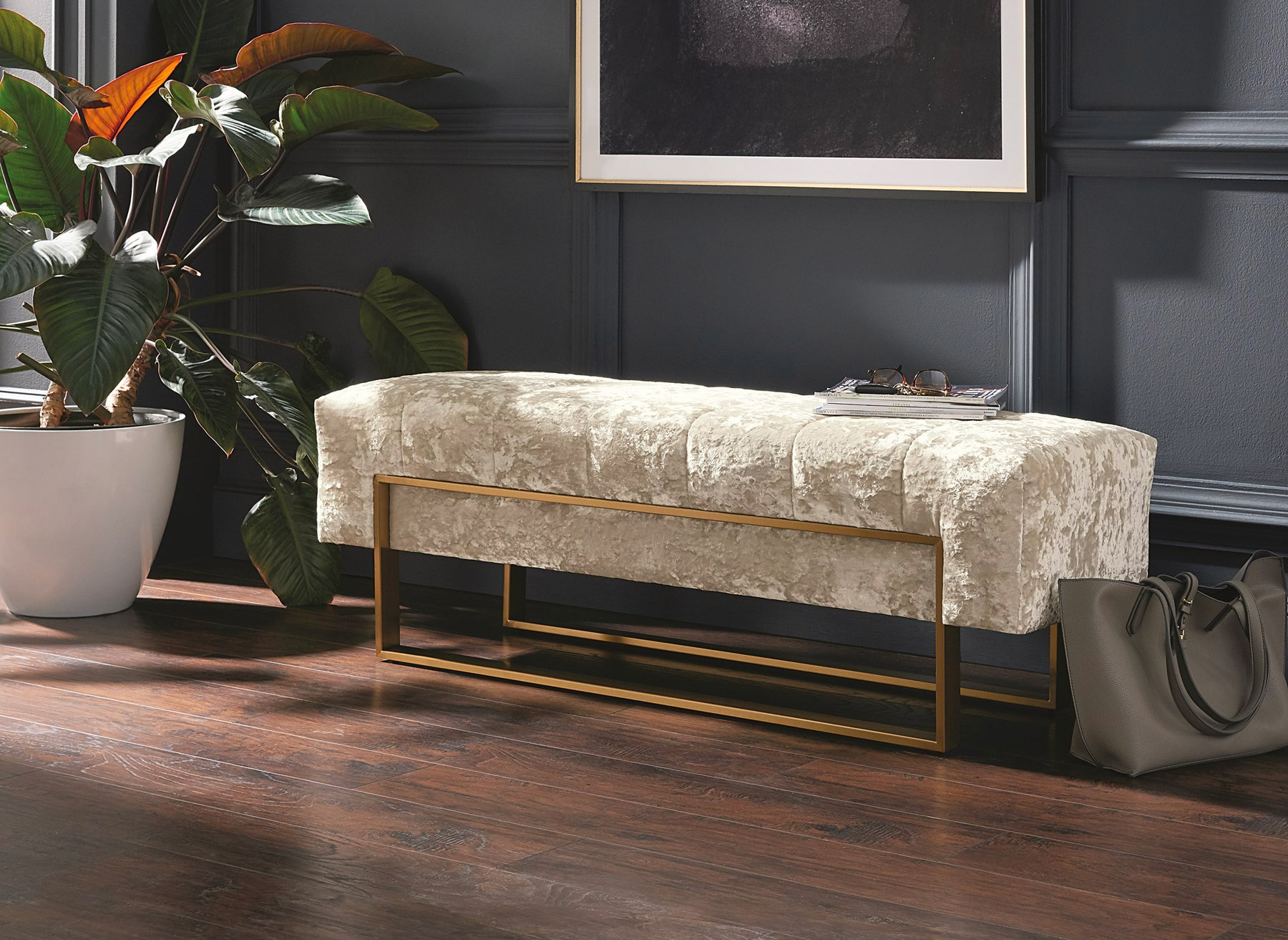Breathing New Life into Vintage Dining Tables
Dining tables passed down through generations tell beautiful stories while displaying expert carpentry from decades past. However, traditional curved legs, ornate carvings, and dark finishes can seem outdated in light, bright contemporary spaces. How to make an old dining table look modern? Thankfully, you don’t have to discard these meaningful heirlooms or relegate them to seldom-used formal dining rooms. With some strategic updates, you can give that old dining table a fresh modern makeover perfectly suited to open concept living.
Whether achieved through paint, stain, or clever styling, transformations range from subtle tweaks to dramatic overhauls. Simple changes like replacing carved Queen Anne legs with sleek tapered versions or painting worn oak finishes in on-trend hues work wonders. For more impact, opt for two-tone treatments, metal accents, or glossy lacquered coatings popular in mid-century modern and Scandinavian-inspired rooms.
Giving an Antique Dining Table a Modern Makeover
How to make an old dining table look modern?Old dining tables hold special memories and showcase gorgeous woodworking from years past. But their traditional sculpted edges and ornate carvings tend to look outdated in contemporary homes. With some simple updates, you can transform these family heirlooms into sleek, modern showstoppers.

Start with a Good Foundation
When beginning your dining table makeover, assess the current state of the wood. Older tables often need repairs like fixing scratches, replacing rotten boards, smoothing rough spots, or reinforcing joints. Tackle any of these issues first to create the best foundation before decorating.
Sand Away Imperfections
Once structurally sound, sand the entire table by hand or with an orbital sander to remove small scratches and wear. Work up progressively from 80 to 120 to 220-grit sandpaper for the smoothest possible surface. Sweep away dust between sanding and after you’re done.
Paint It White
Nothing modernizes old wood faster than a fresh coat of bright white paint. Opt for cabinet/trim enamel paint in a semi-gloss or high-gloss sheen—higher sheens enhance the modern effect. Thoroughly clean, lightly sand, then apply 2-3 thin, even coats allowing proper dry time between each.
Stain for a Natural Look
How to make an old dining table look modern? For a more natural, wood-grained appearance, use whitewash or greywash stain instead of paint. These semi-transparent white/grey stains lightly tone the wood while allowing the grain to show through beautifully. Follow application instructions, letting the stain fully dry before adding protective topcoat.
Add Contrast with Black Stain
For dramatic contrast, consider staining or painting the table’s base/legs black while leaving the top lighter. Use an ebony wood stain, or semi-gloss black paint for a striking two-tone look. Tape off edges crisply for defined lines between sections.

Protect and Seal
The finishing touch for durability and shine is a clear protective topcoat like polyurethane. For dining tables, use a water-based satin or semi-gloss formula to resist heat, spills, and scratches while allowing the wood’s texture to show through. Apply 2-3 thin coats as directed on the can.
Style with Modern Decor
How to make an old dining table look modern? This step to complete your dining table’s modern makeover is decorating the set ting appropriately. Metallic accents, contemporary chairs, and statement lighting instantly elevate the look. Simple additions like a table runner, vase of flowers or ceramic serving ware also lend a clean, modern edge.
Give New Life to Passed-Down Pieces
With some elbow grease and strategic updates, you can transition traditional dining tables into fresh, fashionable centerpieces perfect for modern living. Transform meaningful family heirlooms to be enjoyed for years to come.
Complete the Look with Decor
Along with the structural and finish updates, decor choices complete the modern dining space. Complement your refreshed table with contemporary chairs, pendant lighting, and sleek tablewares. Crisp linens, graphic placemats, and minimalist centerpieces carry through the tidy, uncluttered aesthetic.Breathing new life into previously worn furnishings sustains their legacy while fitting seamlessly into open concept homes.
Transform meaningful antique dining tables to be enjoyed for years to come with these simple modern makeover tips. With some creativity and elbow grease, you can carry on cherished pieces’ stories through the generations while keeping your home décor current and fashionable.
The Pros and Cons of Modernizing an Antique Dining Table
Giving new life to a well-crafted antique dining table through refinishing and modern styling updates allows you to keep enjoying these treasured pieces while fitting seamlessly into contemporary home decor. This approach lends heirlooms a fresh look that works beautifully in open concept spaces and sleek, minimalist rooms.
However, preserving some original features also keeps their legacy and story intact. As with any remodeling decision, advantages and disadvantages apply when determining the best updates for a vintage table makeover.
Advantages of Modernizing
More Versatility in Placement
A modernized dining table blends nicely into kitchens, casual eating nooks, and formal dining rooms alike with its transitional style. The lighter, brighter aesthetic works well in any well-lit space rather than relegating it just to dim formal rooms.
Easier Matching with New Pieces
Giving a worn antique table a contemporary facelift allows it to coordinate beautifully with new modern furnishings. From chairs to lighting fixtures, freshly remade tables fit right in with on-trend décor additions.
Protection of Original Craftsmanship
Careful refinishing protects the existing quality woodwork while giving it a fresh look. Retaining dimensions, joinery techniques and some hand-crafted accents preserves original artistry. New finishes simply enhance, protect and update their appearance.
Disadvantages of Modernizing
Loss of Antique Value
For tables with provenance or that are historically significant, extensive modifications negatively impact antique value based on loss of original finishes and details. Changes limit antique connoisseur interest.
Patina and Imperfections Diminished
Part of the appeal of genuine antiques is the rich patina and natural imperfections that come only with age and use. Modern makeovers tend to minimize or remove these quirks, losing some vintage charm.
Required Maintenance
Modern finishes like paint, lacquer or bleached treatments require more regular upkeep compared to traditional wood stains and surface treatments. The trade-off for the updated look is being vigilant about scratches and reapplying protective coats.









